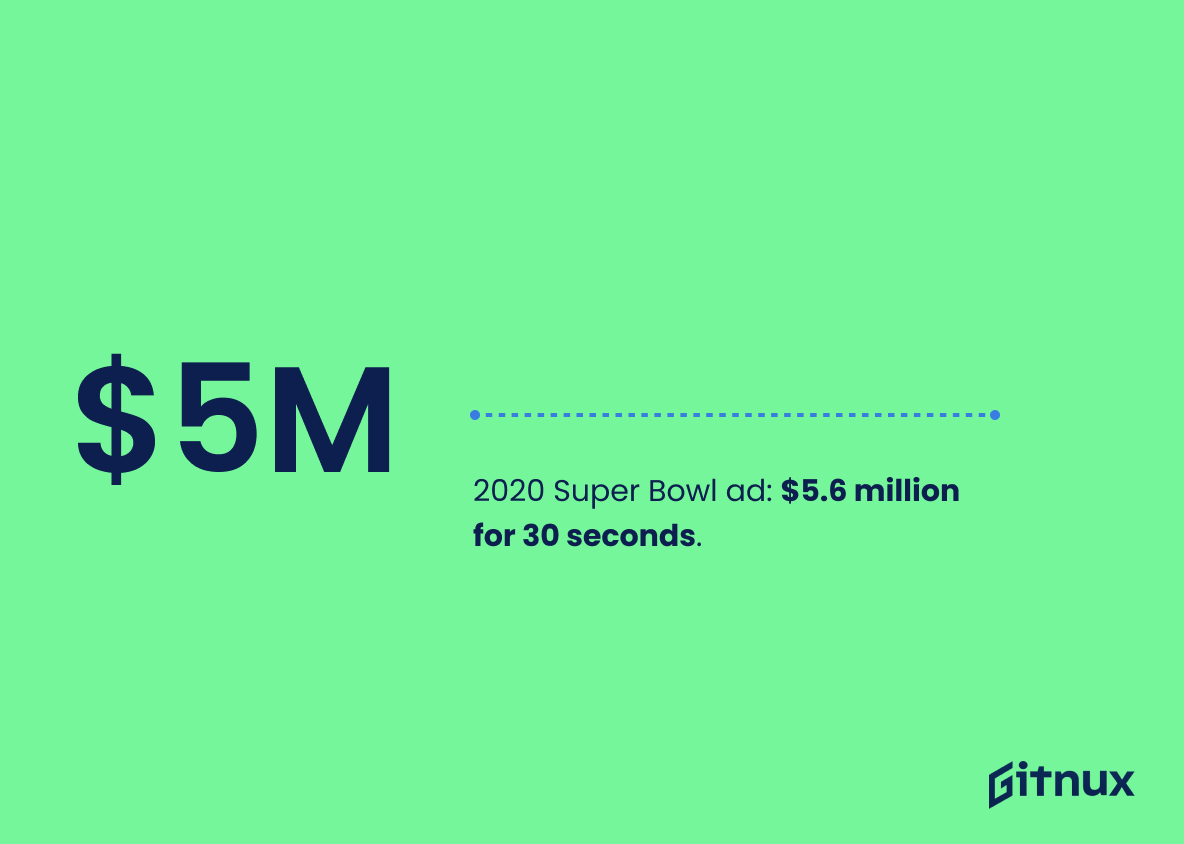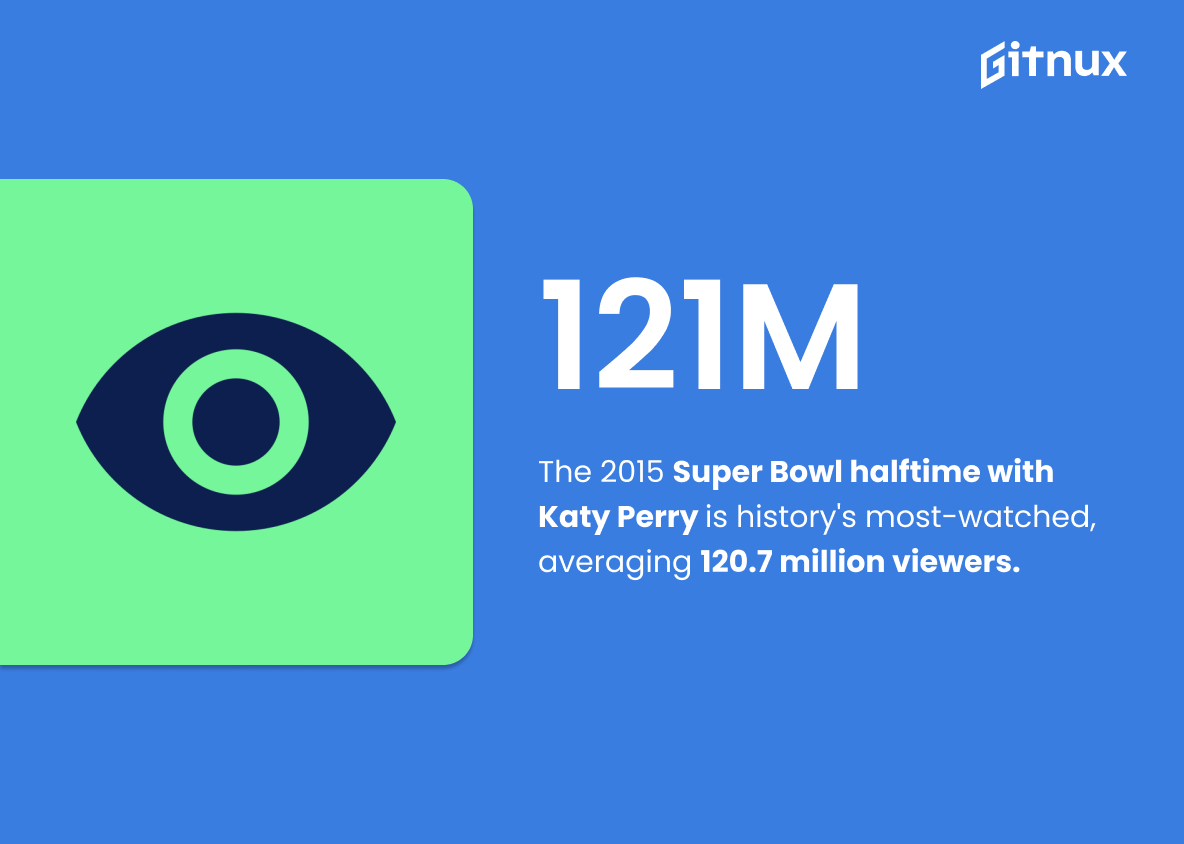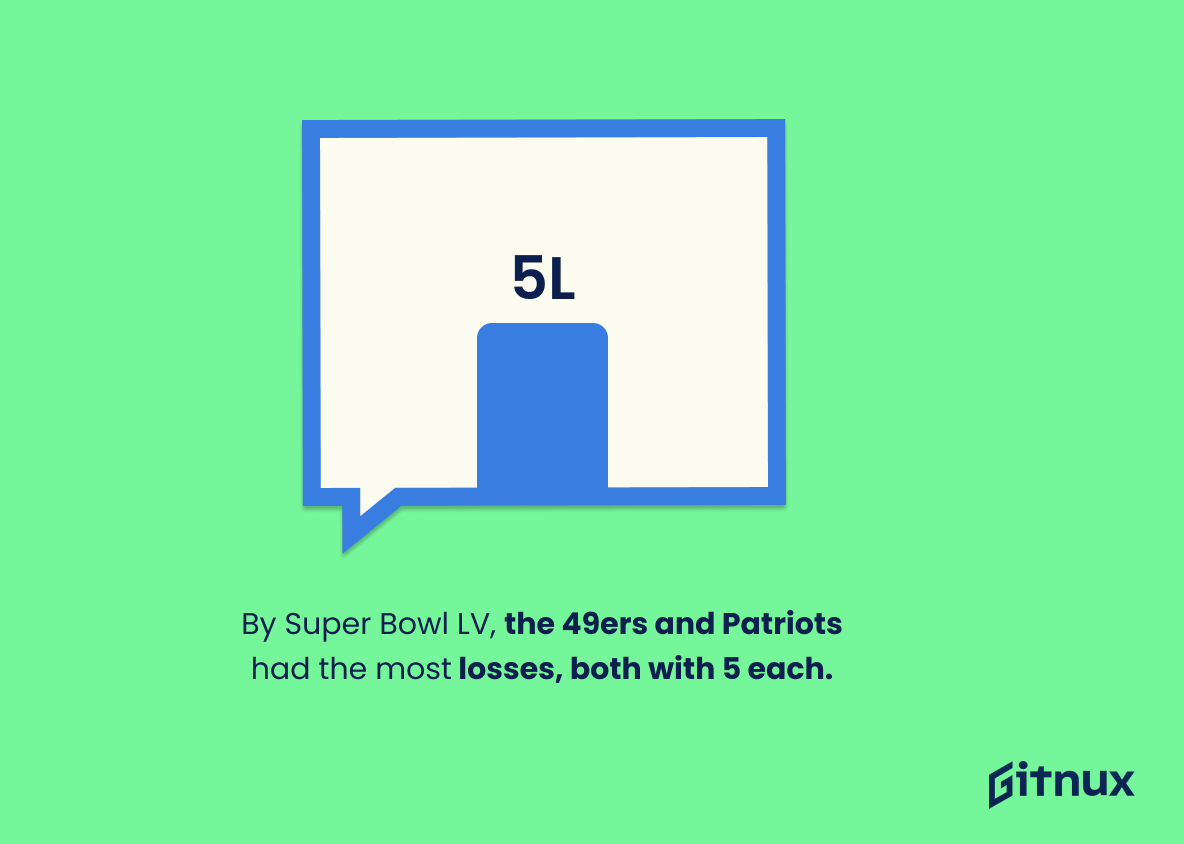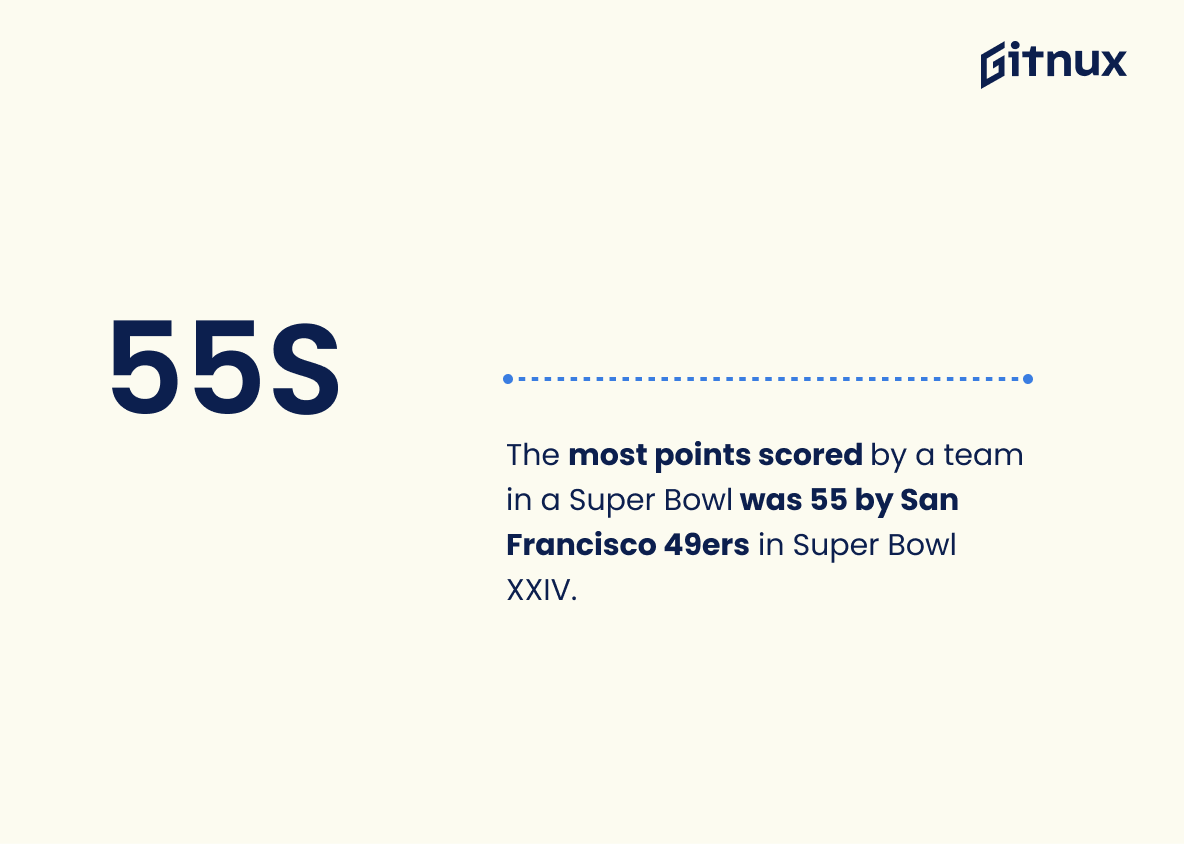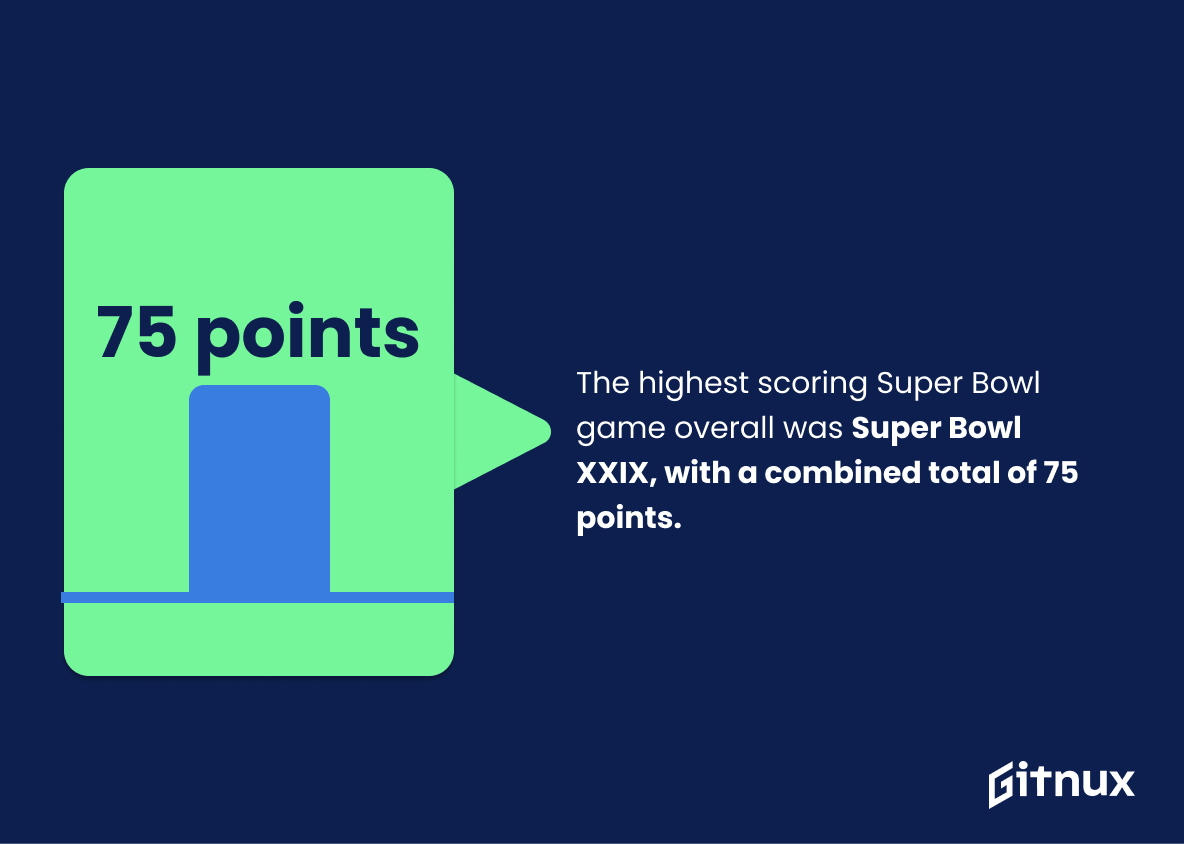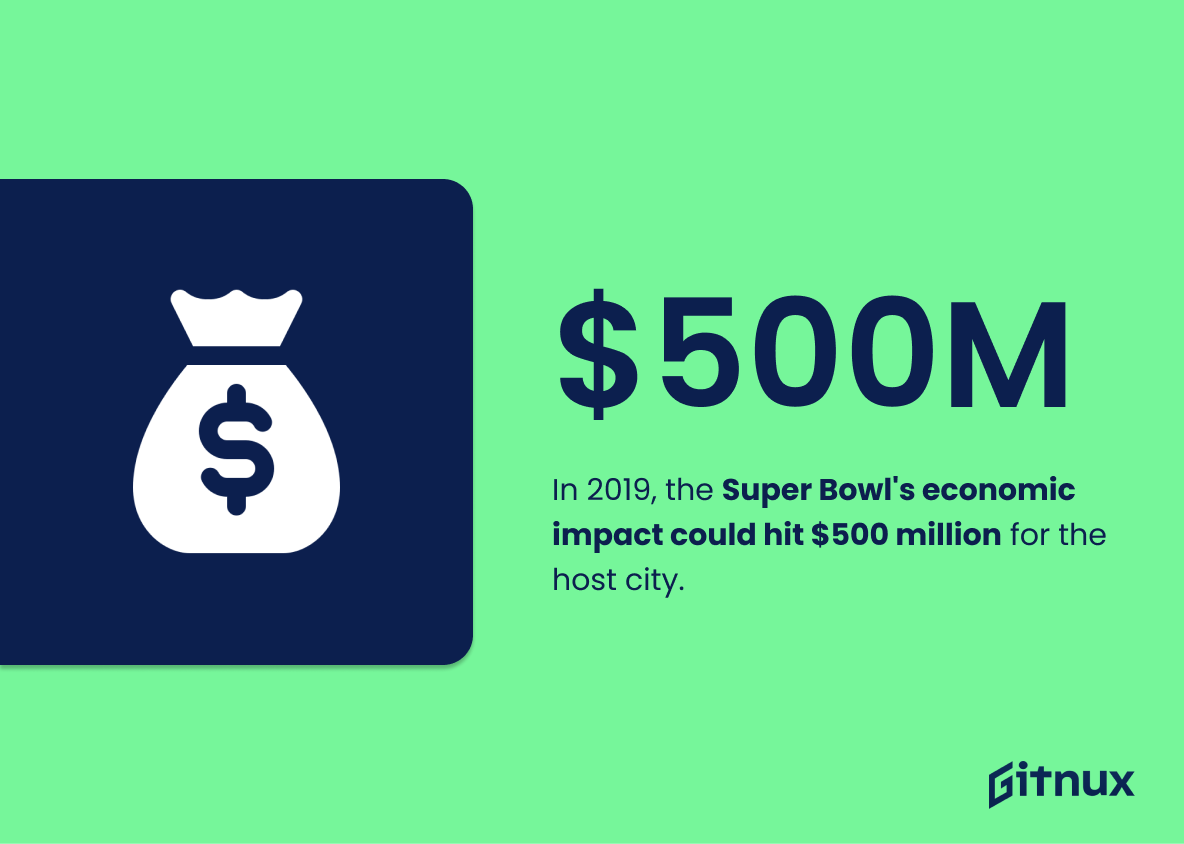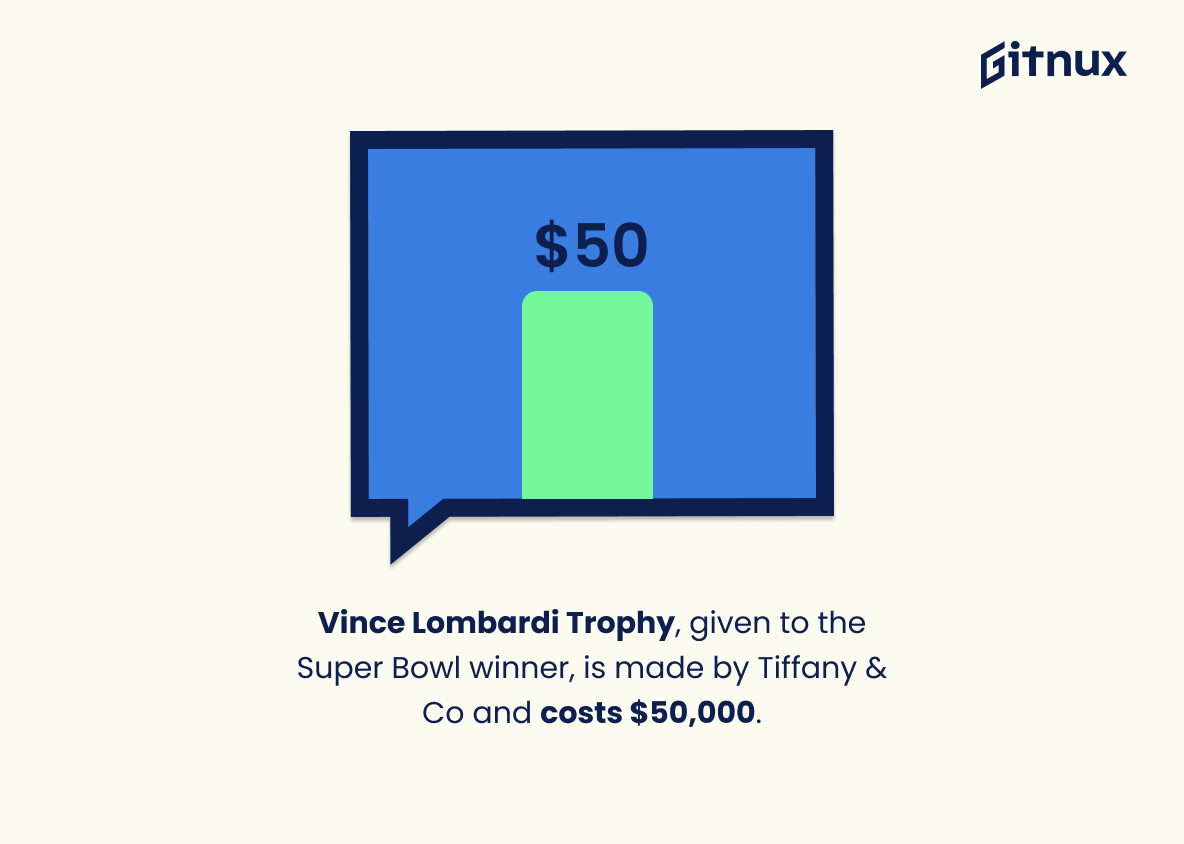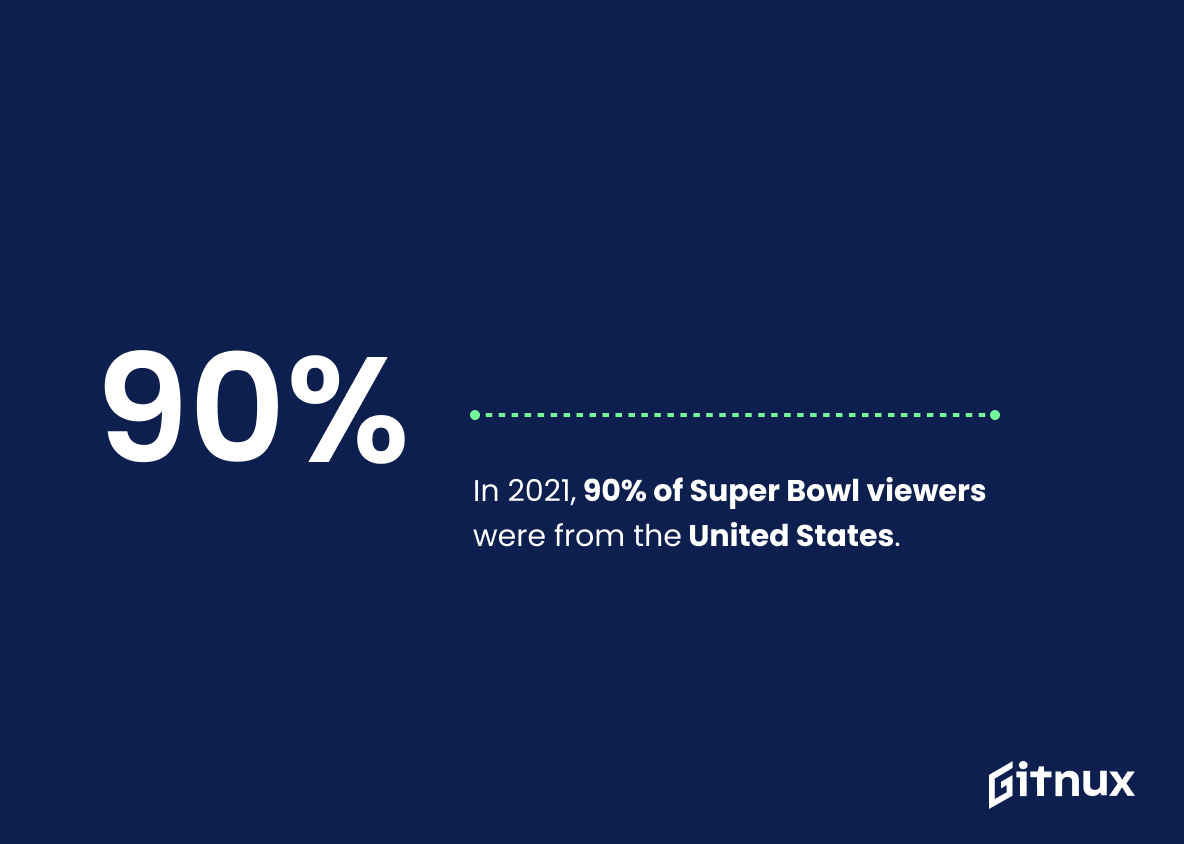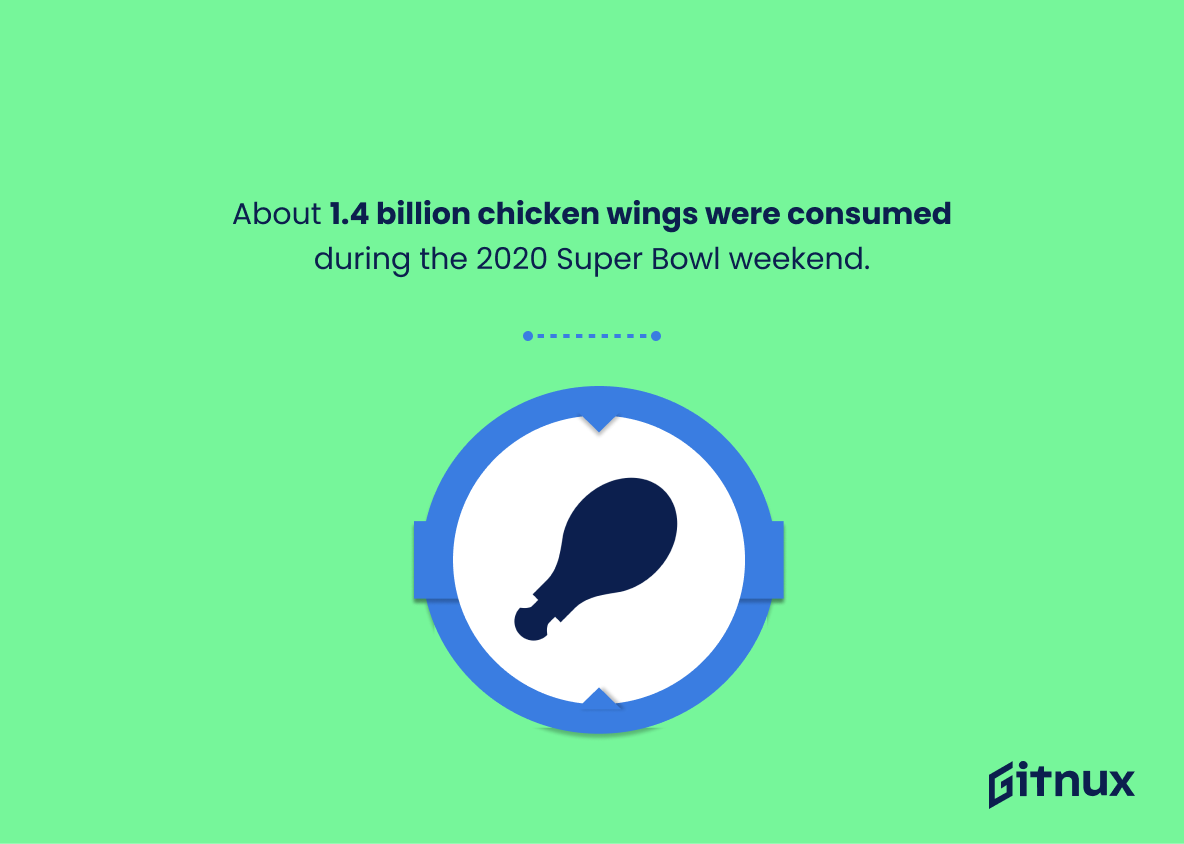For the legion of hearts pulsating with excitement and anticipation for the grandeur titled ‘Super Bowl’, numbers matter. Passionate fans, avid bettors, and curious spectators all collectively marvel at the intriguing world of Super Bowl statistics that add another shimmering layer to this spectacular football festivity. This blog post will serve as a vibrant map, guiding you through the riveting landscape of Super Bowl statistics – revealing fascinating facts and unforgettable moments from the game’s glorious history. Whether you’re here to quantify your fan theories, deepen your knowledge, or simply hungry for intriguing trivia, this journey into the heart of Super Bowl numerics won’t disappoint. Stay with us as we plunge into a trove of touchdowns, investigate game-changing interceptions, and explore victorious margins that have genuinely defined the greatest show on turf.
The Latest Super Bowl Statistics Unveiled
As of Super Bowl LV, the Pittsburgh Steelers and the New England Patriots are the teams with the most Super Bowl wins, each with 6 under their belts.
Delving into the realm of Super Bowl glory, Pittsburgh Steelers and New England Patriots hold the reins, boasting a jaw-dropping tally of 6 victories each. This gold nugget of information is the crown jewel of any sports-centric conversation, shattering perceptions and laying the groundwork for invigorating debates. In the context of unraveling Super Bowl statistics, it paints a vivid picture of consistent triumph and unrivaled excellence, setting the benchmark for aspiring contenders. It provokes wonderment and curiosity, triggering deeper exploration into the tactical prowess and undying resilience that has propelled these teams to their coveted standing.
The Super Bowl broadcast attracted over 100 million viewers each year from 2010 to 2020.
In the realm of Super Bowl phenomena, the eye-popping viewership numbers, which soared above the 100 million mark every year from 2010 to 2020, serve as dramatic testament to the event’s colossal appeal and riveting power. Each digit in these astronomical figures embodies an audience member, enraptured by the spectacle unfolding on their screen, creating an atmosphere of shared experiences and communal celebration. They aren’t just mere numbers, but a vivid reflection of endless anticipation, excitement, and emotional investment that keeps fans glued to their screens year after year. Such booming viewership showcases the Super Bowl as an undisputed king of sports broadcasting, providing invaluable insights for advertisers, marketers, broadcasters, and anyone keen on tapping into this massive audience base. So, when we delve into the thrilling world of Super Bowl statistics, these figures stand as towering skyscrapers that command attention and demand consideration.
The highest cost of a 30-second commercial during the Super Bowl was in 2020, costing $5.6 million.
A pinnacle point of examining Super Bowl statistics is the astronomical cost of a 30-second commercial slot. In 2020, we hit a record-breaking high. You might be compelled to believe it’s gold dust, but no—it’s just half a minute of primetime Super Bowl ad space costing a whopping $5.6 million. This isn’t merely a figure, it’s a testament to the Super Bowl’s massive audience and the high stakes brands are willing to bet for this grand exposure. It underpins the commercial significance of the event, the advertising strategies of major businesses, and the overall socio-economic trends of our times.
The Super Bowl in 2007 held the record for the largest in-person attendance with 103,985 attendees.
Painting a picture of a roaring crowd bigger than the population of most American cities, the statistic of the 2007 Super Bowl drawing a phenomenal wave of 103,985 attendees sets a beacon of the event’s colossal appeal and engagement. This illustrative figure becomes critical when narrating the Super Bowl’s journey as it anchors down a historic summit in terms of in-person attendance. Serving as a mirror, it reflects back the Super Bowl’s ability to magnetize, engage, and enthrall spectators in numbers that compete with some of the largest congregations on earth. Intriguingly, it also prompts an investigation into the microscopic factors – the teams, the narrative, the location – that synthesized to whip up this record-breaking cyclone of attendance.
Tom Brady has the most Super Bowl wins by a player with 7 wins.
Tom Brady’s extraordinary record of seven Super Bowl victories serves as a gold standard in the realm of Super Bowl achievements. It anchors the conversation around individual accomplishments, illustrating the quintessence of personal mastery and consistency in the high-pressure cauldron of NFL’s grandest stage – The Super Bowl. As such, it is a pivotal reference in any discourse about Super Bowl statistics, capturing the pinnacle of player performances in this iconic event.
The 2015 Super Bowl halftime show featuring Katy Perry is the most watched in history with an average of 120.7 million viewers.
Highlighting the staggering 120.7 million viewers that tuned in for the 2015 Super Bowl halftime show, headlined by Katy Perry, provides a meteoric benchmark in the annals of Super Bowl history. It is a testament to the Super Bowl’s magnetic allure – not just as a sporting phenomenon, but as a cultural spectacle that transcends boundaries. Brought to vivacious life by this statistic, one gauges the immense global outreach and significance of the Super Bowl, impacting advertising strategy, social media discussions, and of course, the realm of entertainment. It underscores the halftime show’s role as a contributing factor in pulling such astoundingly vast viewership numbers, thus warranting its indispensable mention in a blog post about Super Bowl statistics. This footballing extravaganza, as illuminated by this particular metric, isn’t this colossal national event that unfolds under the stadium lights, but also a global catalyst pushing the envelope, shaping tastes and influencing trends.
As of Super Bowl LV, the San Francisco 49ers and New England Patriots have the most Super Bowl losses, each with 5 under their belts.
Highlighting the shared distress of the San Francisco 49ers and New England Patriots having the most Super Bowl losses provides an intriguing perspective on teams that, despite their losses, persistently reach the final stage of the competition. Of course, this stat alone doesn’t capture the full picture. These teams’ five Super Bowl losses underscore their resilience and consistent high level of play that repeatedly propels them to America’s biggest sports spectacle. Interestingly enough, while some might view these losses as a mark of defeat, it’s equally a testament to their enduring success, painting a more nuanced picture of stalwart competitiveness within the annals of Super Bowl history.
The most points scored by a team in a Super Bowl was 55 by San Francisco 49ers in Super Bowl XXIV.
Highlighting the record-breaking performance of 55 points scored by the San Francisco 49ers in Super Bowl XXIV paints a vivid picture of an astounding offensive showcase. This peak performance provides a benchmark for future teams to aim for and infuses the exciting narrative of Super Bowl statistics, revealing the realm of almost unimaginable possibilities when a team exudes the perfect blend of skill, strategy, and Super Bowl spirit. Essentially, this particular statistic encapsulates the unwavering intensity, strategic prowess, and the scale of achievement emblematic of the Super Bowl’s competitive landscape.
The highest scoring Super Bowl game overall was Super Bowl XXIX, with a combined total of 75 points.
Highlighting the fact that Super Bowl XXIX holds the record for the highest combined total points injects a level of fascination to any blog post about Super Bowl statistics. It paints a vivid picture of thrill and excitement, serving as a benchmark of maximum scoring prowess displayed during a Super Bowl game. This particular experience, thus, commands attention and serves as a beacon, illuminating a historic moment in the world of football, and often evokes curiosity among readers regarding the specifics of that game and the teams involved.
The Miami Dolphins is the only team to have a perfect season, culminating in a Super Bowl win in Super Bowl VII.
The Miami Dolphins’ perfect season, crowned with a Super Bowl win in Super Bowl VII, stands as a shining beacon in Super Bowl history. Each year, as teams step onto the gridiron, they are defined not just by their tenacity and the grit, but by the numbers they etch into the annals of the sport. In the cosmos of Super Bowl statistics, the Dolphins’ achievement radiates a distinct glow. Not only does it measure supreme skill and flawless execution, but it also establishes an incredible benchmark for other teams to strive for – a golden standard in the realm of football. This accomplishment underscores their place in Super Bowl lore and exemplifies the epitome of excellence that can be found in the statistics of the Super Bowl.
In 2019, it was reported that the economic impact of the Super Bowl could reach as high as $500 million for the host city.
Unraveling the economic importance of hosting the Super Bowl, it’s intriguing to note that it may inject a whopping $500 million into the host city’s economy. This statistic holds considerable importance in a Super Bowl-related blog post as it underscores the massive financial ripple effect produced. From surge in tourism, increased local spending, heightened job creation, to elevated taxation revenues, this figure serves as a testament to the game’s far-reaching economic clout. It not only enhances comprehension of the Super Bowl’s colossal economic imprint, but also amplifies appreciation for the mega-sporting event among readers, ensuring that they look beyond the on-field action.
Vince Lombardi Trophy, given to the Super Bowl winner, is made by Tiffany & Co and costs $50,000.
The exquisiteness of the Vince Lombardi Trophy, crafted by the renowned Tiffany & Co with a hefty price tag of $50,000, underlines the opulence of the Super Bowl and adds another dimension to its allure. Mirroring the Super Bowl’s prestige, the trophy’s creation by a coveted brand and its value enriches our understanding of the game’s grandeur. Thus, when you plunge into the ocean of Super Bowl statistics, acknowledging this piece of information about the Vince Lombardi Trophy allows you to appreciate not just the tangible, quantifiable elements of the game, but the power of the cultural phenomena and economic forces orbiting around the Super Bowl.
In 2021, 90% of Super Bowl viewers were from the United States.
Highlighting the statistic that “90% of Super Bowl viewers in 2021 were from the United States” is crucial in a blog about Super Bowl metrics. It underlines how the event retains a predominantly American-centric audience, reflecting its cultural significance in the country. The numbers effectively become a prism, giving us insights into the extent of the Super Bowl’s penetration into the American society. They also indicate the potential ceiling for further growth in local viewership, as well as the opportunity to expand overseas audience base. Furthermore, it helps potential advertisers gauge their audience reach, contributing to planning their strategic marketing efforts during such events.
Only 22% of the 2021 Super Bowl audience watched on platforms other than traditional television, reflecting sinking digital viewership numbers.
Diving into the heart of Super Bowl statistics, the fact that merely 22% of the Super Bowl 2021 audience opted for platforms other than traditional television offers a noteworthy testament to the endurance of conventional viewing habits. Despite the surge of digital platforms, the Super Bowl’s digital viewership appears to be in a retreat, reflected in these intriguing numbers. This revelation invites advertisers to rethink their strategies for reaching their most significant audience, as it paints a contrasting picture to the broader global shift towards digital platforms. Crisp, compelling, yet startling, this statistic stands as a beacon, guiding us to explore the changing dynamics of Super Bowl viewership and the power of traditional media that seems to be holding strong against the digital tide.
About 1.4 billion chicken wings were consumed during the 2020 Super Bowl weekend.
Reflecting on the immense consumption of around 1.4 billion chicken wings during the 2020 Super Bowl weekend illuminates a fascinating intersection of American sports culture, food industries, and consumer behavior. This figure acts as a tangible metric demonstrating the scale of the event beyond the stadium. It helps to shed light on the economic ripple effects of the Super Bowl, considering the rush on food retailers and restaurants before the big game. Moreover, the statistic can contribute to our understanding of popular eating habits and preferences, signifying the dominance of chicken wings as a go-to Super Bowl snack.
Conclusion
In essence, Super Bowl statistics offer a fascinating insight into one of America’s most popular sporting events. They highlight the shifting trends in viewership, advertising costs, and team performance over the years. These numbers serve as a testament to the Super Bowl’s commercial success and cultural relevance, affirming its status as a behemoth in the world of sports and entertainment. As we move forward, these statistics will continue to evolve, reflecting the ever-changing dynamics of the game. So whether you’re a die-hard fan, a casual observer, or a curious onlooker, keeping a close eye on Super Bowl statistics can provide a richer understanding of this extraordinary event’s impact and significance.
References
0. – https://www.www.sportingnews.com
1. – https://www.www.foxsports.com
2. – https://www.www.billboard.com
3. – https://www.www.foxbusiness.com
4. – https://www.www.cnbc.com
5. – https://www.www.newsweek.com
6. – https://www.www.insider.com
7. – https://www.www.guinnessworldrecords.com
8. – https://www.www.cbssports.com
9. – https://www.www.cbsnews.com
10. – https://www.www.statista.com
11. – https://www.www.profootballhof.com
12. – https://www.www.hollywoodreporter.com


